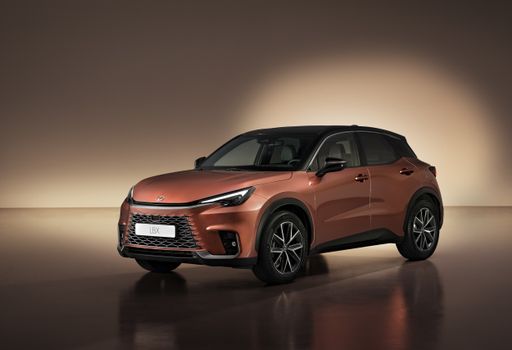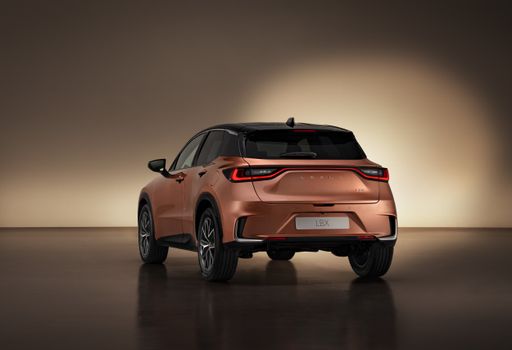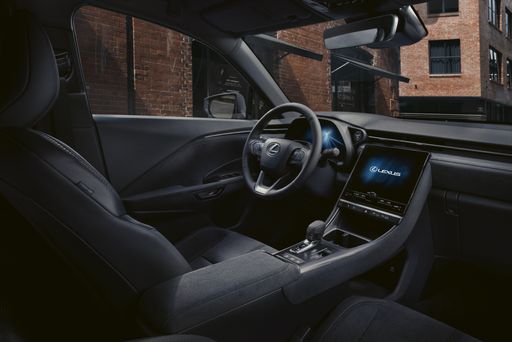An Epic Showdown: Lexus LBX vs. Volvo XC40
The automotive market is more competitive than ever, and the small luxury SUV segment is no exception. In this head-to-head comparison, we pit the Lexus LBX against the Volvo XC40, two distinct offerings that cater to the modern consumer's needs for luxury, performance, and practicality. Let's delve into their technical specifications, innovative features, and performance metrics to determine which SUV stands out in today's crowded market.









